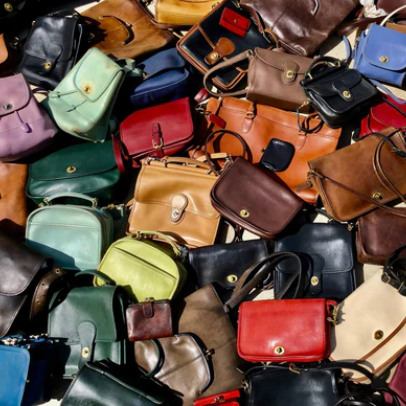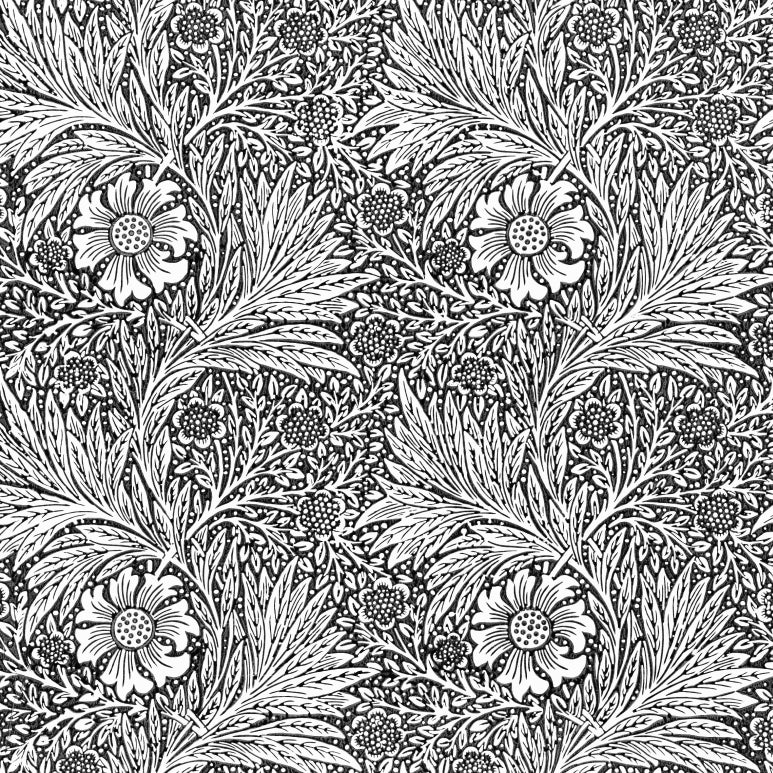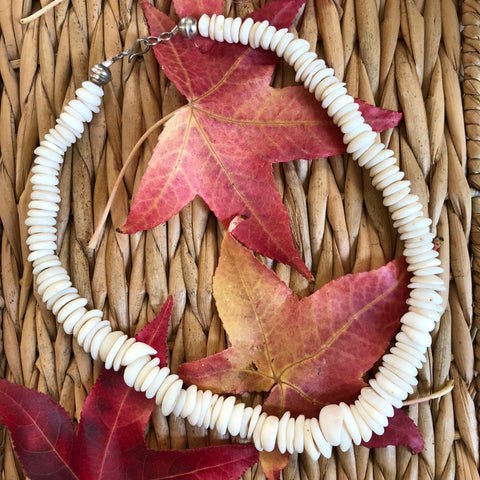









Let's Talk about Puka Shells
Shop for Puka Shells on my website HERE.
In 1974, everyone at my school had to have a Hawaiian puka shell necklace. It did not matter if you were a surfer ( I grew up in Southern California), if you wanted to be the coolest of the cool, you had to have a puka strand around your neck. It was customary to have it choker length.
There are many fakes and pukas that man helped nature refine. I always watch for the good vintage strands.
A bit of history on Pukas Shells:
The word "puka" means hole in Hawaiian. Puka shells start out as cone shells and with original natural pukas, the sea, sand and sun turn them into natural beads. Tumbling in the ocean and sand they become little disks with holes in the center and the sun bleaches them white.
Once these necklaces became very popular, shells that were not finished by nature were plucked from the shore and finished by man. When the pukas were gone, man harvested cone shells, ground, drilled and tumbled them. Then, other shells were used to make imitation pukas and ultimately plastic pukas were produced. Pukas were very popular in the 1970's but have been prized for 100's of years. Finding pukas of genuine cone shells is a challenge and finding pukas formed by nature is even more of a challenge. I am lucky to have a baggy full of natural puka shells that my sweetheart personally gathered on the beach in Hawaii in 1976. I use them for comparison in grading my vintage puka shell necklaces.
🌟 Update: May 26, 2017. As a result of this journal entry, I have been asked many times exactly how to tell if a puka shell necklace is real.
Here are some tips:
💛 Look for a smooth dish shaped shell. One side will be concave.
💛 Are there natural pits present in the outer surface of the shell?
💛 They are rarely uniform in shape. Even the best matched shells will have minor differences in shape and size.
💛 Are they smooth to the touch? Are the edges smooth?
💛 Is there a ridge inside the concave side that spirals down to the hole?
Here are some close ups of Puka shells that were found on the beach in the late 1970s.

I buy only genuine pukas , but will offer some that have human finishing. My prices reflect grade of shells.
Some prefer graduated strands:
And some prefer the well matched necklaces.
Some like the striped colored pukas:
It's kind of like pearls, but ultimately it's about what you prefer. Just know that I am always looking for the good strands. I like them plain, with coral and with turquoise.
This necklace is C. 1975 and Navajo. LOVE!!!
This choker is also Navajo with natural turquoise nugget beads.
If you are looking for your perfect strand you can check my inventory by clicking the photo below. Thanks for visiting!
And just for show-and-tell, this is my personal puka-shell necklace.(also pictured in part above.) It is Navajo, found in Arizona. I love the large shells.
Update 10-20-17
This is a fresh estate find. These puka shells are totally natural with natural holes, pitting and bleached white from the sun. I love how the larger shells are turned to each other to form saucers. You can view it HERE.
Update 4-3-18
I just found this strand of 100% natural puka shells C. 1973. Learn more about them HERE. You'll see great photos of natural holes in the shells. Great specimens!
From my private collection take a look at the largest puka shells I have ever seen!
They are rough, but awesome!
Update: Just found two more great estate Puka Shell necklaces. You can find them in Necklaces or New Arrivals.
Nice natural holes made by the ocean.
See the natural holes and uneven edge from tumbling in the ocean?
Update July 9, 2018. I am sorry that I sold out of Puka Shell necklaces last week. My daughter and I drove up the California coast to find more this weekend and here is what we found plus one anklet. You can shop for them here.
Very fine natural puka shells that I just found this weekend. Everything about them is perfect. They are shaped by the sea and sand, bleached by the sun and the holes were naturally formed by the ocean and sand.
A closer look.
That's all for now! I'll add more as I find them. This blog post has become a running post that is often updated as we have found a community of puka shell fans!
Update 10-06-18
Here is one of the best necklaces that I have found in a long time. Learn more here.
If you are looking for pukas, you can click on any photo to shop my website.
9-18-19
Just have to share this great find. These HUGE pukas are totally natural and measure from 13 mm to almost 19mm in diameter! Learn more about them HERE.

Large pukas from a personal collection. Whoa!
Update 5-15-20
I found these at an estate. This is the first puka shell necklace that I have seen with black coral disk bead spacers. Looks great! All three are available on my website now.
9-24-21 Just added these beauties to my website:
Just added...great high grade pukas and some cone shell necklaces.
12-11-22 Just added to my website 👇🏻👇🏻👇🏻👇🏻👇🏻










































I have a puka shell necklace I bought in 1968. It is a real nice one. We are in Montana now and moving into assisted living. I would like to either sell or give this necklace to someone. What would you suggest? I would include a picture but didn’t see a way to do it.
I have a strand of pukas over 50 years old. Would like to pass on to someone who would appreciate them
Hi Shelli,
I am so sorry to take so long to reply. This system does not have a way for the blog owner to reply and I have been trying to find an app to make that work. I finally decided to reply as a reader. To answer your question, look at the holes with a jeweler’s loupe or a magnifying glass. If the hole edge is blunt and perfect, it is drilled. If it is not perfectly round and has a smooth edge that is somewhat rounded in shape, it’s natural. As far as being tumbled, they will be sunbleached and very smooth of tumbled by the sea, with wear from sand inside. The man tumbled stones are not as thin and rounded, if that makes sense. Linda
I have an old choker of " puka" beads/shells. They have the “spiral” going into the hole. I was wondering how to tell if the are natural or cone shells tumble by man.
How do you determine when making a purchase of real deal natural pukas for creating the authentic pieces?
Many thanks
Shelli
Leave a comment